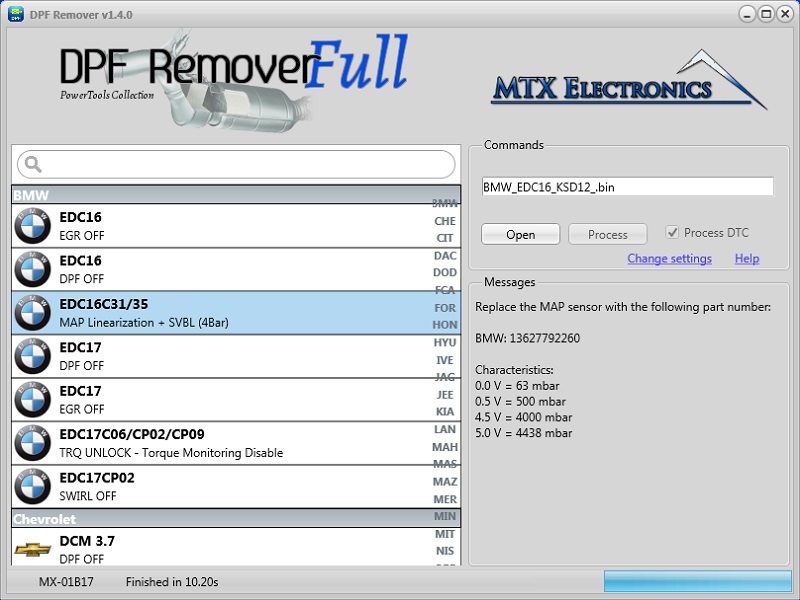Diesel Particulate Filters (DPFs) play a crucial role in reducing harmful emissions from diesel vehicles. However, for some vehicle owners, DPFs can become a source of frustration due to issues such as clogging and reduced engine performance. This is where DPF delete software comes into play, offering a solution to improve engine performance and efficiency. In this article, we’ll delve into the science behind DPF delete software, exploring how it works and its impact on diesel engines.
Understanding DPF Delete Software:
Before we dive into the science behind DPF delete software, let’s first understand what it is and why it’s used. DPF delete software is a type of engine tuning software that modifies the engine’s electronic control unit (ECU) to bypass or disable the DPF system. By doing so, DPF deletes software and aims to eliminate the restrictions imposed by the DPF, allowing the engine to operate more efficiently and effectively.
The Role of DPF in Diesel Vehicles:
To comprehend the science behind DPF delete software, it’s essential to understand the role of DPF in diesel vehicles. DPFs are designed to capture and trap soot particles emitted by diesel engines, preventing them from being released into the atmosphere. However, over time, DPFs can become clogged with soot and other contaminants, leading to reduced engine performance and increased fuel consumption.
How DPF Delete Software Works:
DPF delete software works by reprogramming the ECU to modify engine parameters related to the DPF system. This includes adjusting fuel injection timing, exhaust gas recirculation (EGR) rates, and other parameters to optimize engine performance without the constraints imposed by the DPF. Additionally, DPF deletes software may disable or remove diagnostic trouble codes (DTCs) associated with DPF-related issues, preventing the vehicle’s onboard computer from triggering warning lights or entering limp mode.
Optimizing Engine Performance:
The primary goal of DPF delete software is to optimize engine performance by improving combustion efficiency and reducing exhaust back pressure. By bypassing or disabling the DPF system, DPF delete software allows the engine to operate more freely, resulting in increased horsepower, torque, and throttle response. Additionally, eliminating the DPF can lead to improved fuel economy, as the engine no longer needs to work as hard to overcome the restrictions imposed by the filter.
Reducing Maintenance Costs:
Another benefit of DPF delete software is its potential to reduce maintenance costs associated with DPF-related issues. By eliminating the DPF system, vehicle owners can avoid costly repairs and replacements of DPF components, such as filters and sensors. Additionally, improved engine performance and efficiency resulting from DPF delete software may lead to reduced wear and tear on other engine components, further lowering maintenance costs over time.
Environmental Considerations:
While DPF delete software offers benefits in terms of engine performance and maintenance, it’s essential to consider its impact on the environment. DPFs are designed to reduce harmful emissions from diesel vehicles, and bypassing or disabling the DPF system can result in increased emissions of particulate matter and other pollutants. As such, vehicle owners considering DPF delete software should weigh the performance benefits against the potential environmental consequences and ensure compliance with emissions regulations in their area.
Final Thoughts:
In conclusion, the science behind DPF delete software revolves around optimizing engine performance by bypassing or disabling the DPF system. By reprogramming the ECU to modify engine parameters, DPF delete software allows diesel engines to operate more efficiently and effectively, leading to increased horsepower, torque, and fuel economy. However, vehicle owners need to consider the potential environmental impact and ensure compliance with emissions regulations before proceeding with DPF delete software.











Leave a Reply